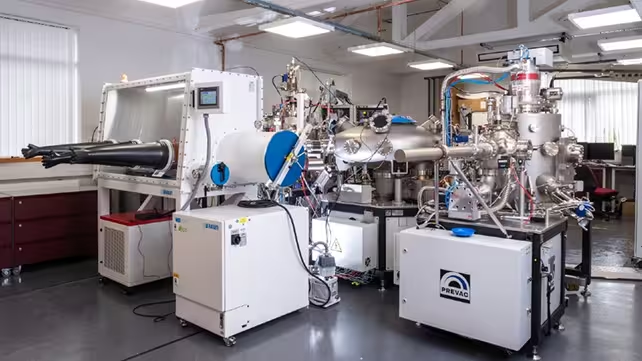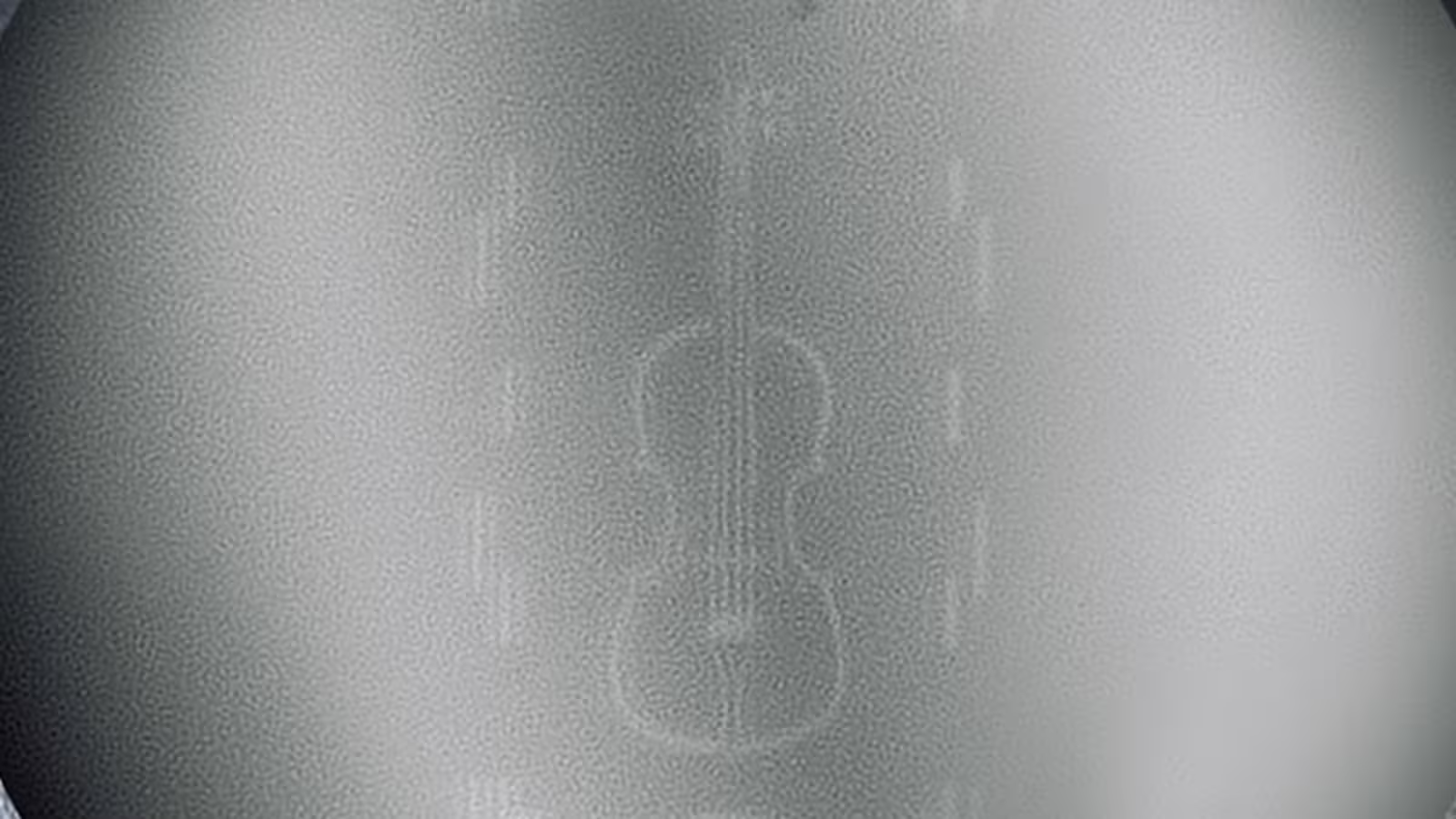3 Minutes
Turning a Humorous Phrase into Scientific Breakthrough
The phrase "playing the world’s smallest violin" is often used humorously to mock exaggerated complaints. Recently, this idiomatic expression gained a new, tangible meaning when physicists at Loughborough University in the United Kingdom engineered what may truly be the tiniest violin on Earth — not as a joke, but to demonstrate pioneering progress in nanotechnology.
At just 13 microns wide, this violin drawing is more slender than a human hair, which typically ranges up to 180 microns in thickness. While it isn’t a conventional musical instrument—only a microbe like a tardigrade could dream of playing it—the accomplishment showcases the extraordinary capabilities of advanced nanolithography: the technique of etching intricate patterns onto materials at extremely small scales.
Scientific Background: Nanolithography and Miniaturization
Nanolithography is a cornerstone of modern nanotechnology, enabling researchers to manipulate materials with atomic-level precision. This field is crucial not only for fabricating experimental objects like the microscopic violin but also for revolutionizing the development of next-generation electronic devices and quantum computing systems.
Dr. Kelly Morrison, an experimental physicist at Loughborough University, highlights the broader purpose behind this novelty: "Once we understand how materials behave, we can start applying that knowledge to develop new technologies, whether it's improving computing efficiency or finding new ways to harvest energy. But first, we need to understand the fundamental science, and this system enables us to do just that."
A Four-Step Process to Create Nanoscale Art
Building the world’s smallest violin required a meticulous four-stage process:
- Pattern Drawing: A super-fine, heated needle precisely etched the violin motif into a chip coated in a carefully selected polymer.
- Selective Dissolving: Chemically dissolving the exposed portion of the polymer, left only the violin-shaped cavity.
- Material Deposition: The scientists then filled this tiny mold with platinum, a dense, durable metal, forming the actual violin image.
- Revealing the Structure: Finally, the chip substrate and any residual polymer were removed, unveiling the freestanding platinum violin structure.
This method bears some resemblance to screen printing but operates on a scale millions of times smaller, necessitating equally advanced technology. The research team leveraged a state-of-the-art NanoFrazor device—a precision sculpting tool encased within a glove box to eliminate even microscopic dust contamination.
"I'm really excited about the level of control and possibilities we have," says Dr. Morrison. "I’m looking forward to seeing what I can achieve—and what others can do with this system."

Implications for Emerging Technologies
Such feats of miniaturization are far more than scientific curiosities. The process used to fabricate the microscopic violin opens the door to more sophisticated customization of materials at the nanoscale. These advancements have significant ramifications across various scientific domains, including electronics, semiconductors, and quantum computing, where shrinking components often leads to exponential performance gains.
Loughborough University’s team now plans to expand their research, exploring the NanoFrazor’s capabilities with different materials and techniques. Each breakthrough in nanolithography sets the stage for more powerful, efficient, and compact technologies that could transform modern computing, energy harvesting, and even sensors in space science.
Conclusion
While the creation of the world’s smallest violin may appear whimsical, this achievement underscores the transformative potential of nanoscale engineering. The knowledge and skills gained through this project have already laid the foundation for further scientific inquiry into the properties of materials at the smallest scales. As Dr. Morrison notes, “Our nanolithography system allows us to design experiments that probe materials in different ways—using light, magnetism, or electricity—and observe their responses.” With each miniature masterpiece, researchers move closer to unlocking the next generation of nano-enabled technologies—ushering in a new era of scientific innovation.
Source: sciencealert



Comments